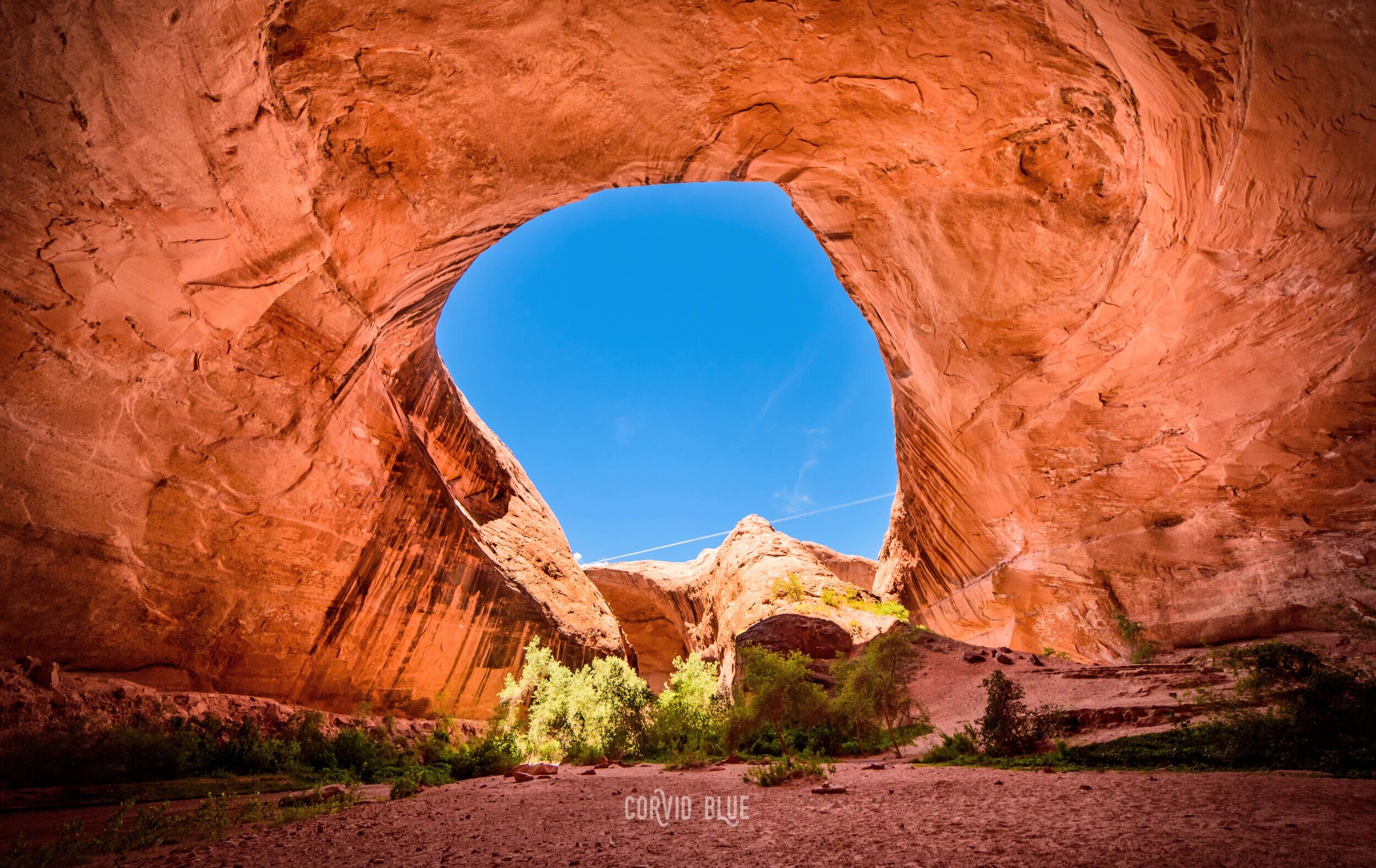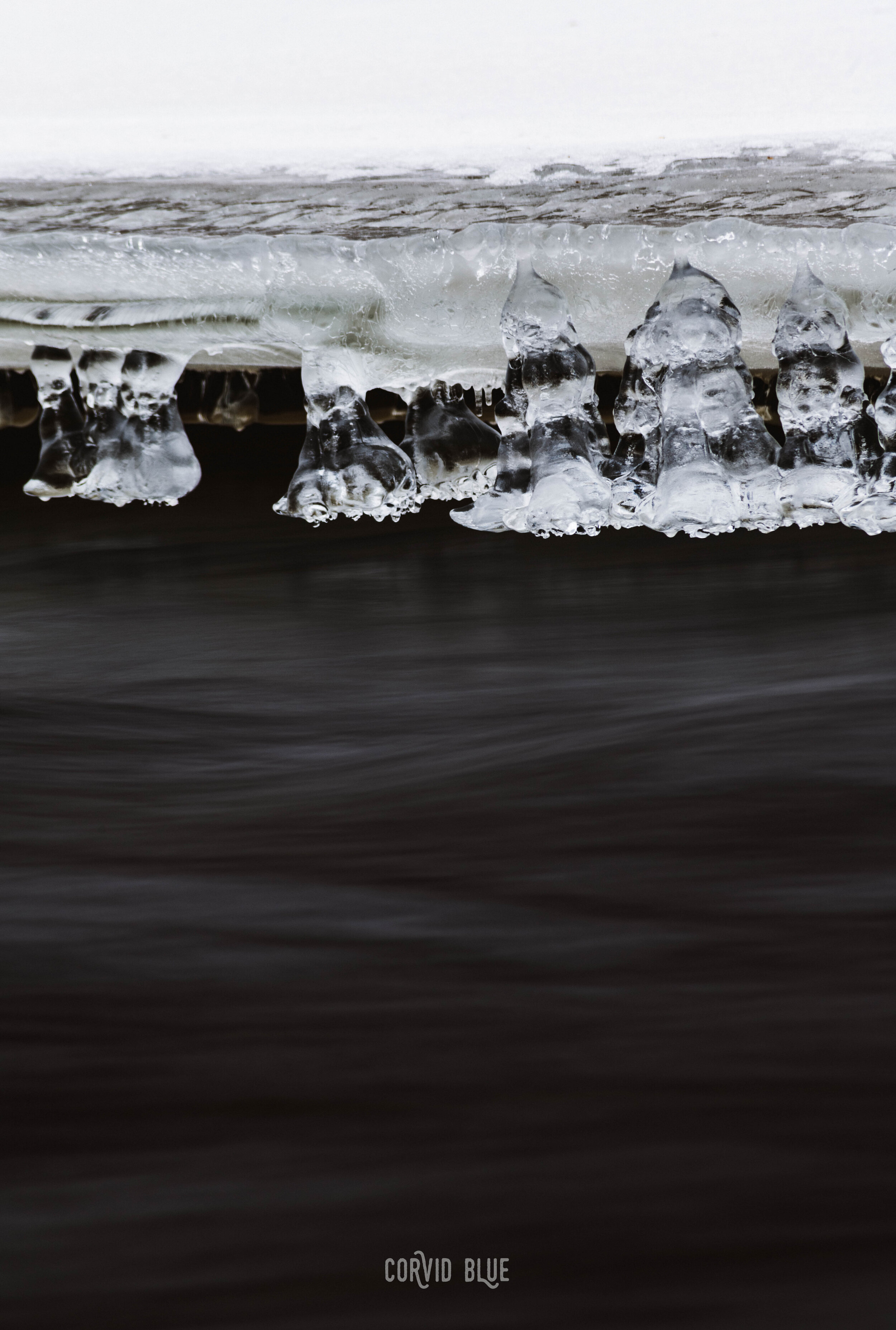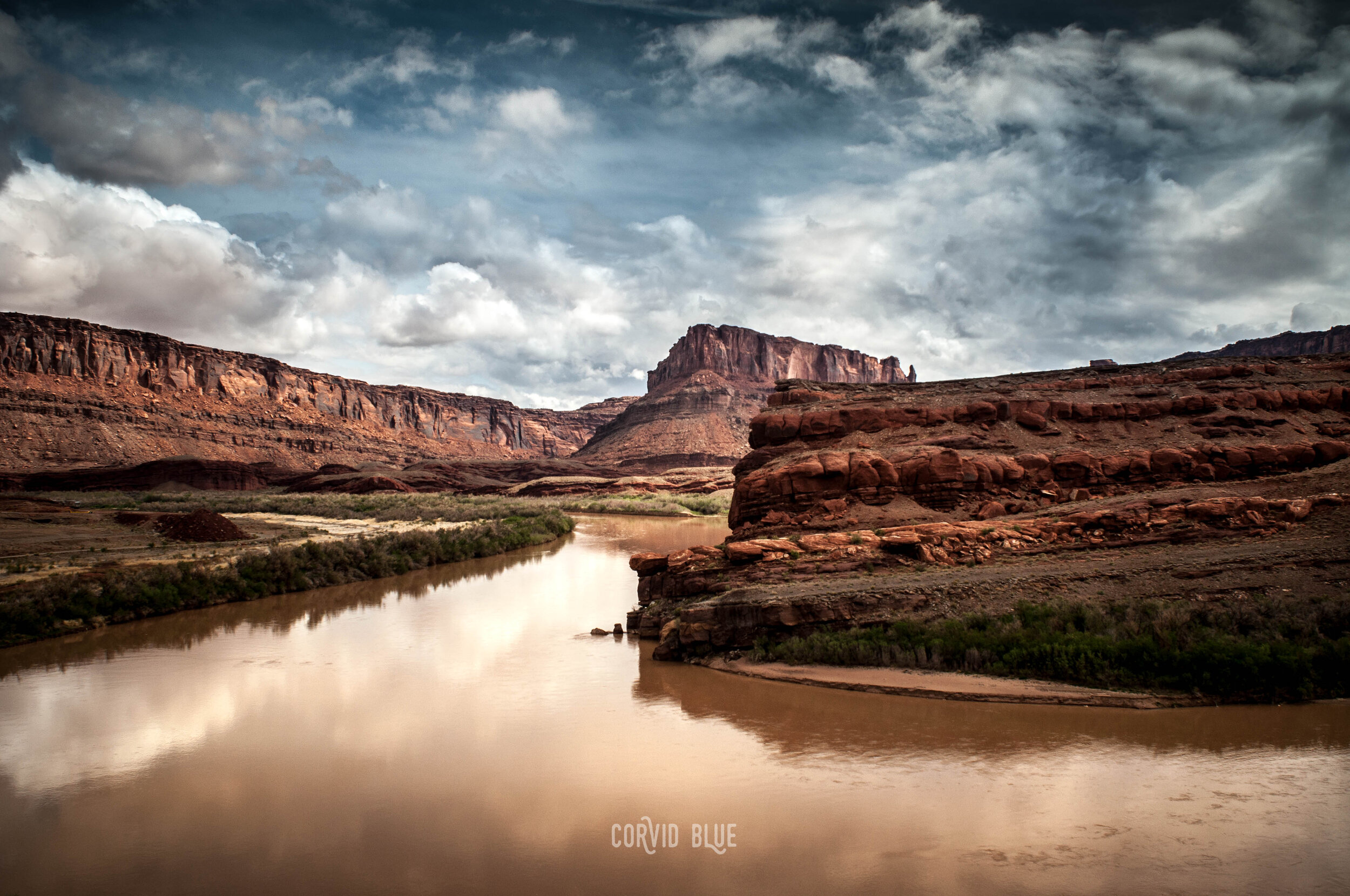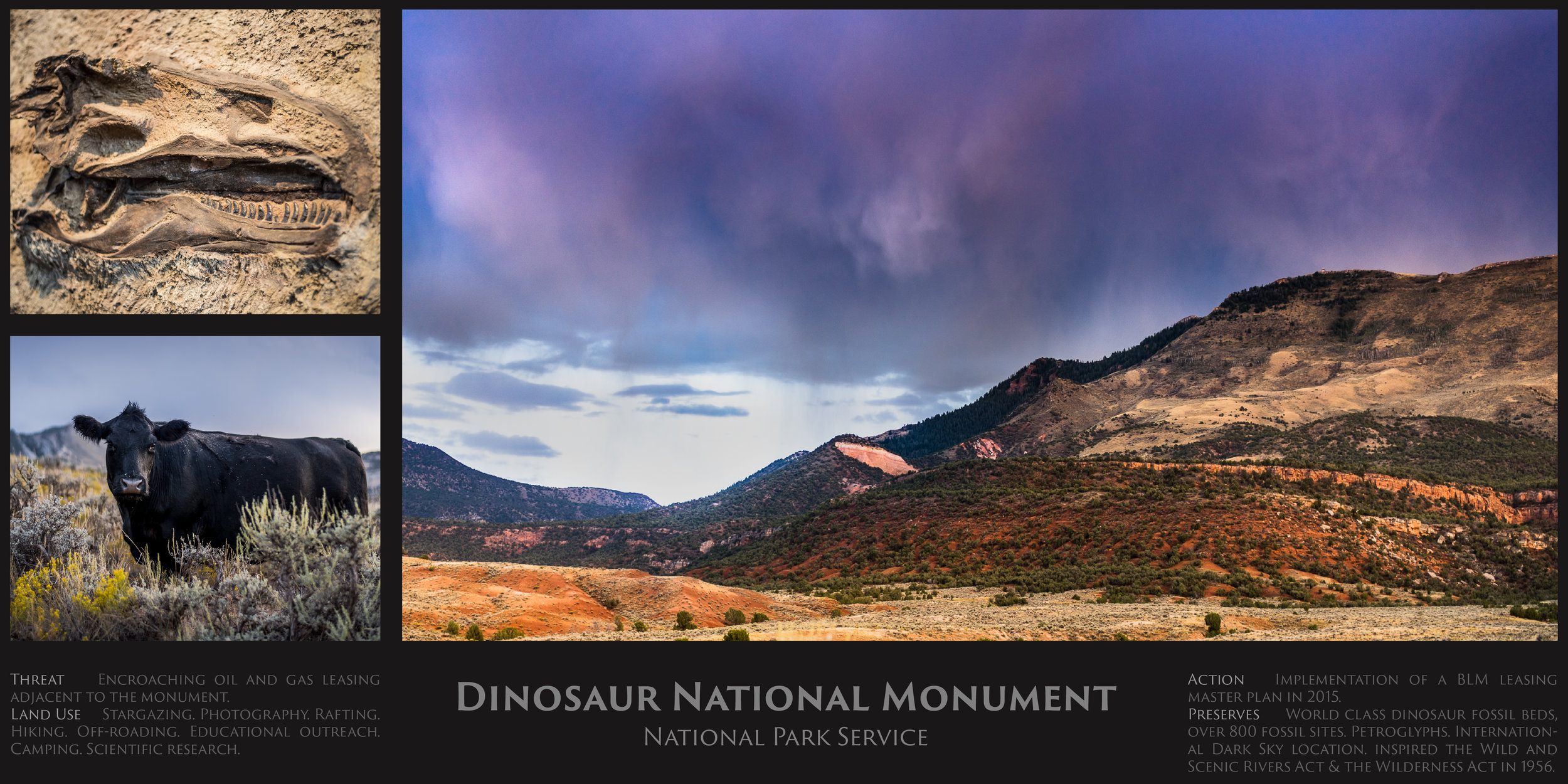Our Land Project
The Our Land Project
Introduction
If you count yourself among the ~326 million citizens of the United States, we are all partial owners of over 640 million acres of federal land. That’s 28% of the land in the US; or the equivalent landmass of California, Texas, New York, and Florida combined. This figure excludes other public lands that are operated by states, nature conservancies, and cities. If every American were spread out on our public lands each person would have well over 2 acres to just, be. What makes these places special that they have been set aside? Who uses them? Why should anyone care?
Our Land started for me as a photography project in 2017 as a means to express my dismay at Trump’s illegal reduction of Grand Staircase-Escalante National Monument by 50% and Bears Ears National Monument by 85%. At the time I wanted to document the land in GSENM that was suddenly deemed unworthy of National Monument status, but soon found myself wishing to discover what other kinds of threats parks across the country were under. From 2017-2019 I structured my photography work under “Our Land questions” for each location: what were the uses, threats, preservation, and action plans for each of these locations? Pieces of this project have since been focused into published images and essays, public talks, new friendships, collaborations with preservation groups, and contributions to land preservation related projects. However, I believe this project is bigger than my 2017-2019 project goals and has greater impact ahead of it.
Our Land is missing the you that makes it “OUR Land”.
“We are prone to speak of the resources of this country as inexhaustible; this is not so.”
The Rough Structure & Guidelines
Submissions of work by those from all walks of life
Ex: scientists, artists, writers, educators, international visitors, reformed angry internet comment section commenters
Work must centered around the concept of public land(s) and how they have been influential to you/why preservation is important
Ex: place of mental healing, education, research, jobs, farming, outdoor sports, hobbies, building relationships, celebrate life events
Any public land in the US is fair game
Ex: National Park/Monument/Preserve/Shoreline/River/Forest/ Prairie/Rec Area, BLM land, city park, National Scenic Trails, National Recreation Trails, county park, city park… you get the idea
Let’s keep the focus/subject of the work on the land vs. public places you go to see “things”, such as the National Gallery of Art. Focus on the structures inside a park are ok, such as CCC buildings or historic structures like Mary Jane Colter’s Watchtower in GCNP
Each submission should also include the following information:
What is the name of the location Ex: Grand Canyon National Park
Who owns/operates the land Ex: National Park Service
What state is the land in Ex: AZ
What are some threats to the land Ex: Loss of riparian habitats, 208 invasive species within the park, traffic congestion, clean drinking water, federal influence to pass adjacent uranium mining, reduced federal funding for upkeep
What are some of the uses of the land Ex: hiking, backpacking, camping, rafting, scientific research
What kind of positive action work has been implemented Ex: Implementation of park shuttle buses to reduce traffic, condor reintroduction, fire restrictions
What does the land preserve Ex: 1.2 million acres of canyonlands, 7 major ecosystems, World Heritage Site
Contributor name, website (if applicable), country, city, and state of residence
Contact
Interested in being part of The Our Land Project? Have some questions? Contact me below
“Our public lands - whether a national park or monument, wildlife refuge, forest or prairie - make each one of us land-rich. It is our inheritance as citizens of a country called America.
”
Proposal: The Need
The need for the Our Land Project has never been greater. Threats to public lands across the US are varied and many. From government and land manager mismanagement of resources, invasive species obliterating native species and habitats, coordinate publication of delicate sites online, social media influencers broadcasting to millions of followers images captured in unsustainable or illegal ways, outright hostilities towards land managers in rebellions and armed standoffs, whitewashing the historical ties of Native Americans to the land, the unprecedented increase in visitation by the public, divestitures of land by those sworn to protect it, to the unintentional destruction of precious sites from a simple lack of outdoor education by visitors.
So what is there to do?
I’ve tried a number of outlets so far, with variable satisfaction and effectiveness. I’ve raged online, researched public land policy, developed a Leave No Trace checklist specifically geared towards landscape photographers, given talks, called my representatives regarding land policy bills, donated to land conservation foundations, volunteered, moderated 16,000 other angry outdoor enthusiasts in current land policy online, published essays and photography, and threw myself into the first phase of the Our Land Project.
To be honest, it was exhausting.
Proposal: The Solution
I need your help.
Your voice. Your medium of choice. Your feelings. Your experiences. Your special place.
In 2023 I would like to publish a book of our visual arts and written pieces on public lands. I am looking for visual artists, scientists, writers…- anyone that is willing to share their work centered around public lands. The work must be your own, but it can be anything that can be visually represented. Stills from installations, a montage of graphics from professional publications you have made based on work tied to public land, maps, infographics, photography, stories, poems, illustrations, plans of conceptual buildings needed, tattoos, paintings, recipes for food foraged on approved public land, thin section images of rock samples… if it can be printed on a page and conveys the message that these places are important and are worthy of protection by all- then let’s print it.
The Our Land book should serve as a physical representation as a sampling of the varied, relatable, and aspirational experiences that can be had on public lands. Readers should see themselves in the pages of Our Land- they should be transported back to cherished memories of group campouts with friends, the elation of finishing a long hike that was hard, the smell of their grandmother’s perfume as she pushed them on a city park swing, the crackle and hisses of a new log on the fire, “holding it in” in the middle of the night because the sleeping bag was so warm and there might be bears out, stumbling on an artifact forgotten by time…. emotions. Give the readers the opportunity to connect and rediscover their own ties to Our Land, or the inspiration to discover Our Land for the first time. The Our Land Project should provide an opportunity to feel warmth for the land. Fondness. Appreciation. Awe. Urgency. Connection. Pride. Respect.
The Process
Along with publication of the Our Land book I would like to also assemble an Our Land/Your Land creative journal for the reader to fill out with their own public land experiences. It is my hope that this additional themed resource will create a connectedness between the reader and the various contributors.
The readers’ reignition of their appreciation and respect towards our public lands will be far reaching, but I propose that getting the Our Land Project into the hands of those that manage and make the decisions for Our Lands is paramount. It is my desire to raise enough money through book pre-sales to be able to provide each contributor two copies of Our Land, one to keep, and one to send to the lawmaker/land manager of their choice.
Let us reach the current and future owners of Our Lands with our work, and provide those in charge with evidence of experiences had on the properties they manage.
Our Land.
Our Land Volumes
Early Our Land photography montages with themed information included




















